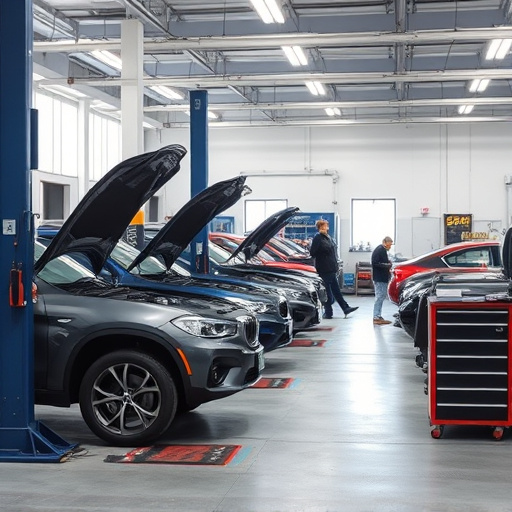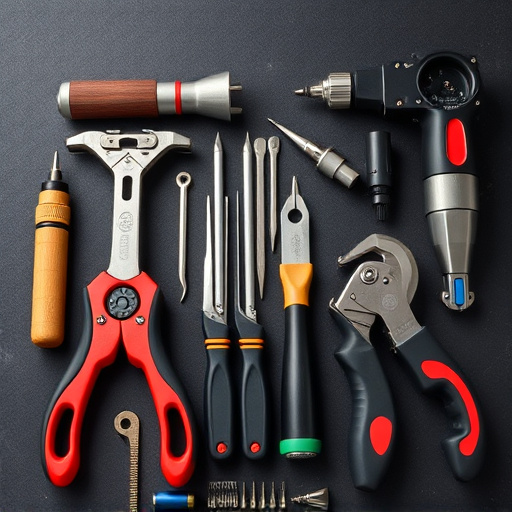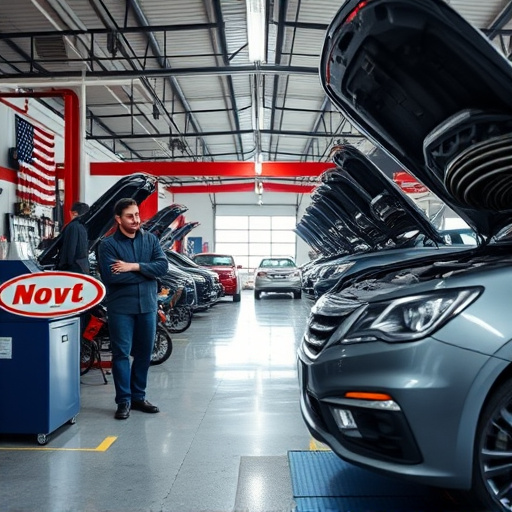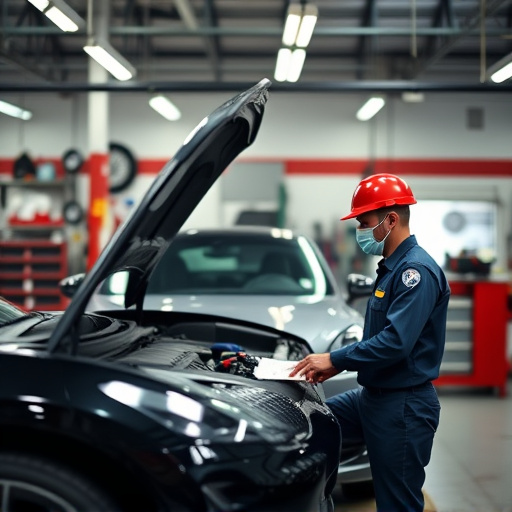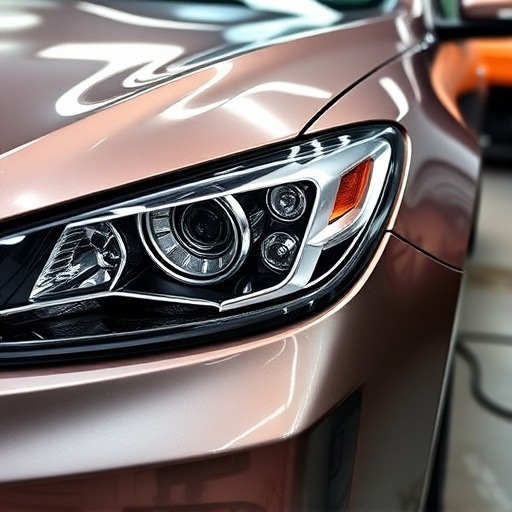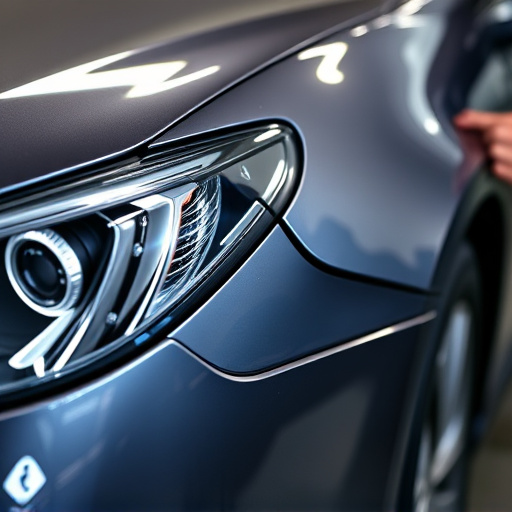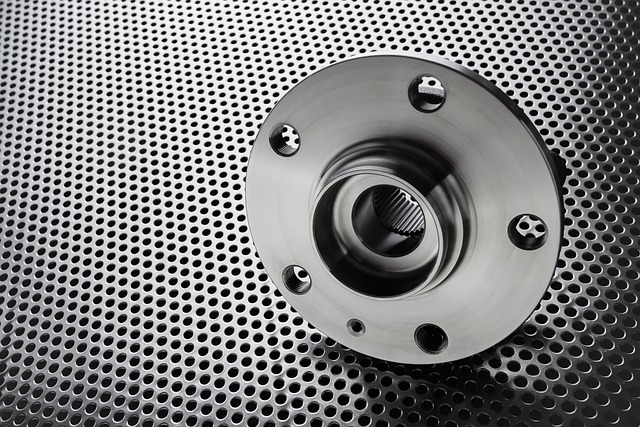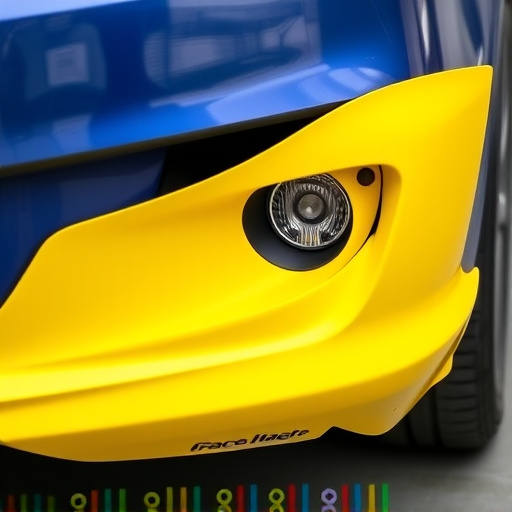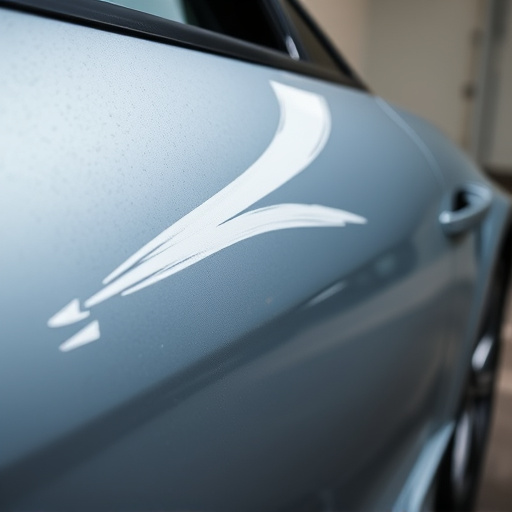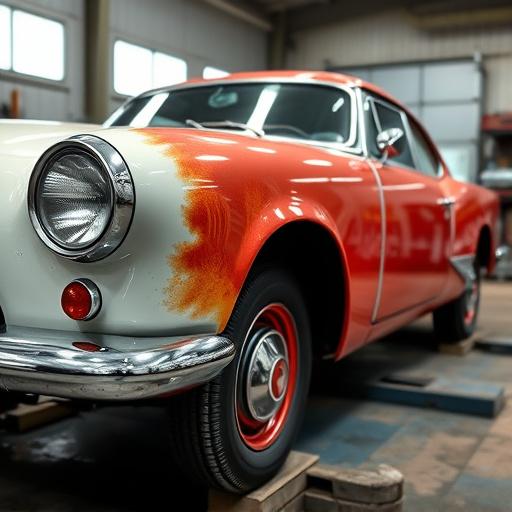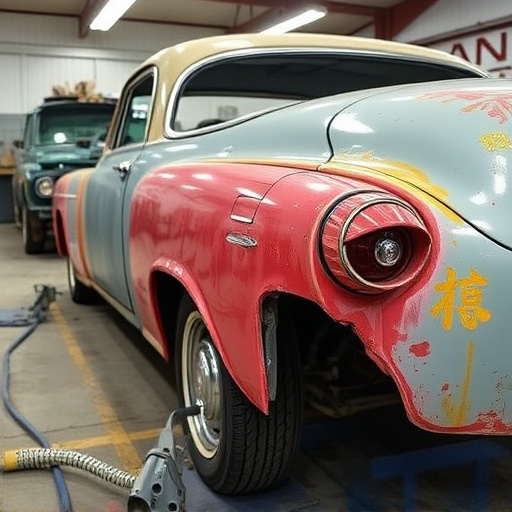High-strength steel repair techniques have evolved significantly, offering robust solutions for structural restoration across various industries. These methods use specialized tools and materials to minimize property loss while restoring integrity in applications like automotive repairs, particularly for scratch and collision damage. Incorporating high-quality high-strength steel repairs enhances structural integrity and durability for vehicles and everyday objects, ensuring long-lasting performance and resistance to corrosion. Best practices for maintaining these repairs include thorough inspection, surface cleaning, corrosion-inhibiting treatments, specialized welding, and regular maintenance checks.
High-strength steel repair is transforming structural integrity, offering a game-changing solution for reinforcing critical components. This advanced technique leverages the unique properties of high-grade steel to fortify weaknesses, ensuring longevity and safety in various applications. By understanding specialized repair methods, recognizing the pivotal benefits of high-quality repairs, and implementing best practices, professionals can maximize the durability and structural soundness of metal structures for years to come.
- Understanding High-Strength Steel Repair Techniques
- Key Benefits of Incorporating High-Quality Repairs
- Best Practices for Ensuring Longevity After Repair
Understanding High-Strength Steel Repair Techniques
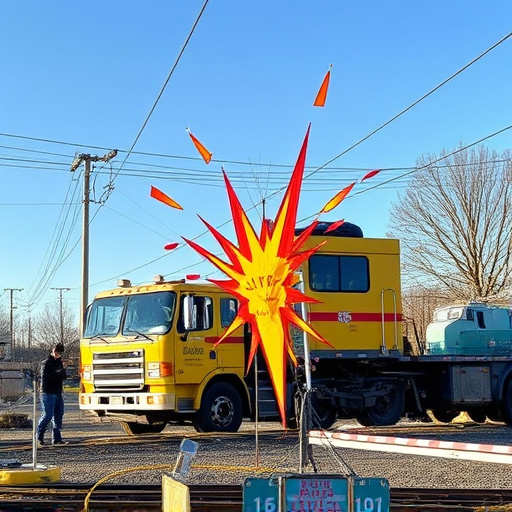
High-strength steel repair techniques have evolved significantly, offering advanced solutions for restoring structural integrity in various industries. These methods leverage specialized equipment and materials designed to handle the unique properties of high-strength steels, which often possess exceptional tensile strength and durability. The process typically involves precise cutting, welding, and shaping of the affected metal, ensuring minimal degradation of its superior mechanical properties.
One common application is in automotive repairs, particularly for car scratch repair and auto collision repair services. When a vehicle undergoes a crash or sustained damage, high-strength steel repair techniques are employed to fix dents, cracks, or broken panels without compromising the structural integrity of the car’s chassis. These advanced methods not only enhance the aesthetics but also play a crucial role in maintaining safety standards, making them indispensable in the auto repair industry.
Key Benefits of Incorporating High-Quality Repairs
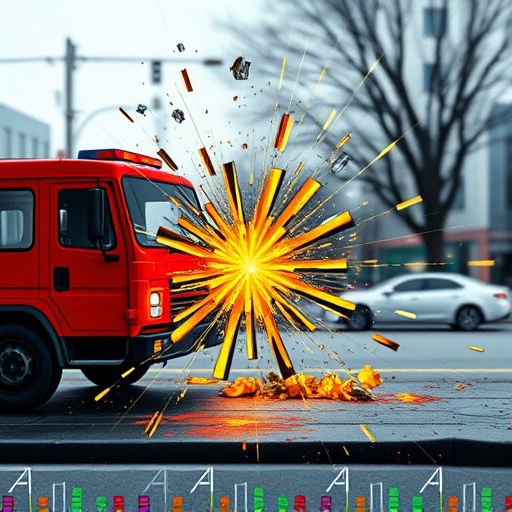
Incorporating high-quality high-strength steel repairs offers numerous advantages for structures, vehicles, and even everyday objects like car dent repairs or fender repairs in auto body shops. The primary benefit lies in significantly enhancing structural integrity. High-strength steel is renowned for its superior resistance to corrosion, making it a reliable choice for long-lasting durability. This property ensures that repairs not only fix the visible damage but also prevent further deterioration, safeguarding against potential hazards.
Moreover, high-strength steel repairs provide exceptional strength and stability, which is crucial in critical applications like construction and automotive industries. This enhanced strength translates to better performance under stress, ensuring that structures can withstand extreme conditions without compromise. In auto body shops, for instance, high-quality fender or car dent repairs using high-strength steel not only restores the vehicle’s aesthetic appeal but also guarantees its structural soundness, making it safer on the road.
Best Practices for Ensuring Longevity After Repair
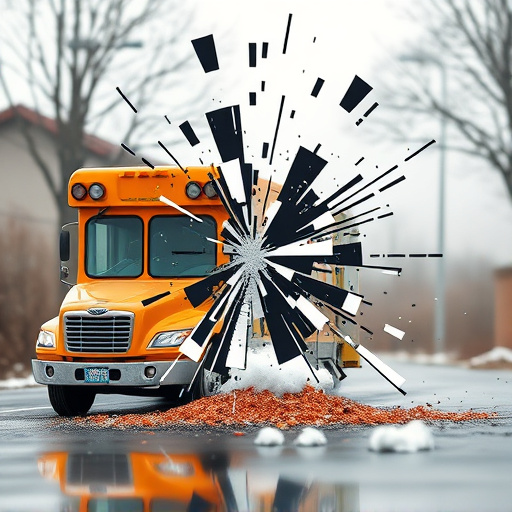
To ensure longevity after high-strength steel repair, best practices involve meticulous preparation and careful selection of materials. The process begins with thorough inspection to identify the extent of damage, followed by surface cleaning to remove any debris or contaminants that could compromise the bond between the repair material and the existing steel. Corrosion inhibition treatments are crucial, especially in environments prone to rust, to prevent future deterioration.
Choosing the right repair method is paramount; for instance, using specialized welding techniques tailored to high-strength steel ensures structural integrity. In cases like fender repair or vehicle scratch repair, where aesthetics matter, advanced finishing processes can restore the surface to its original condition, enhancing both functionality and visual appeal. Regular maintenance checks post-repair are recommended, focusing on early detection of any signs of strain or stress, thereby preventing minor issues from becoming major problems in the long run, across various applications including car scratch repair and fender repair.
High-strength steel repair techniques significantly enhance structural integrity, ensuring buildings and structures remain safe and robust. By incorporating these advanced repairs, we not only restore strength but also extend the lifespan of critical components. Adhering to best practices guarantees longevity, making high-quality repairs an indispensable investment for maintaining our built environment.
